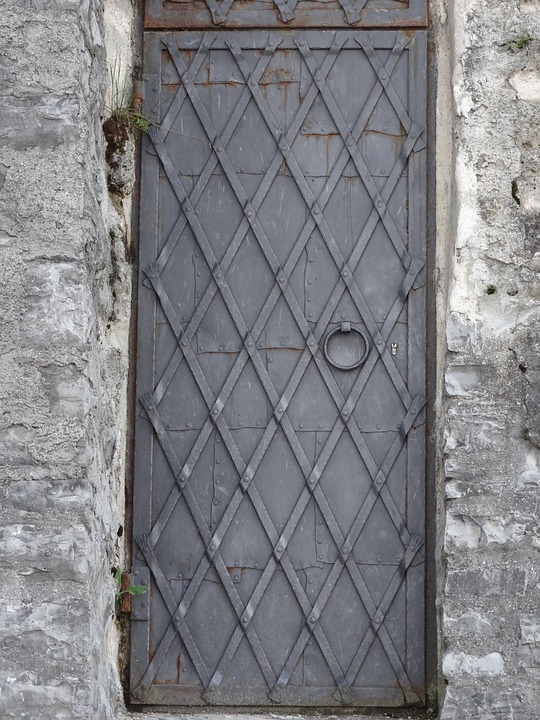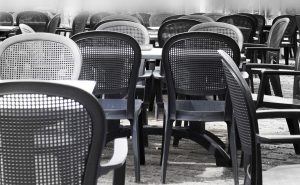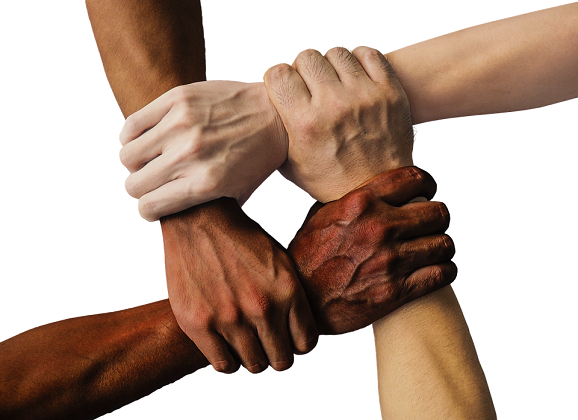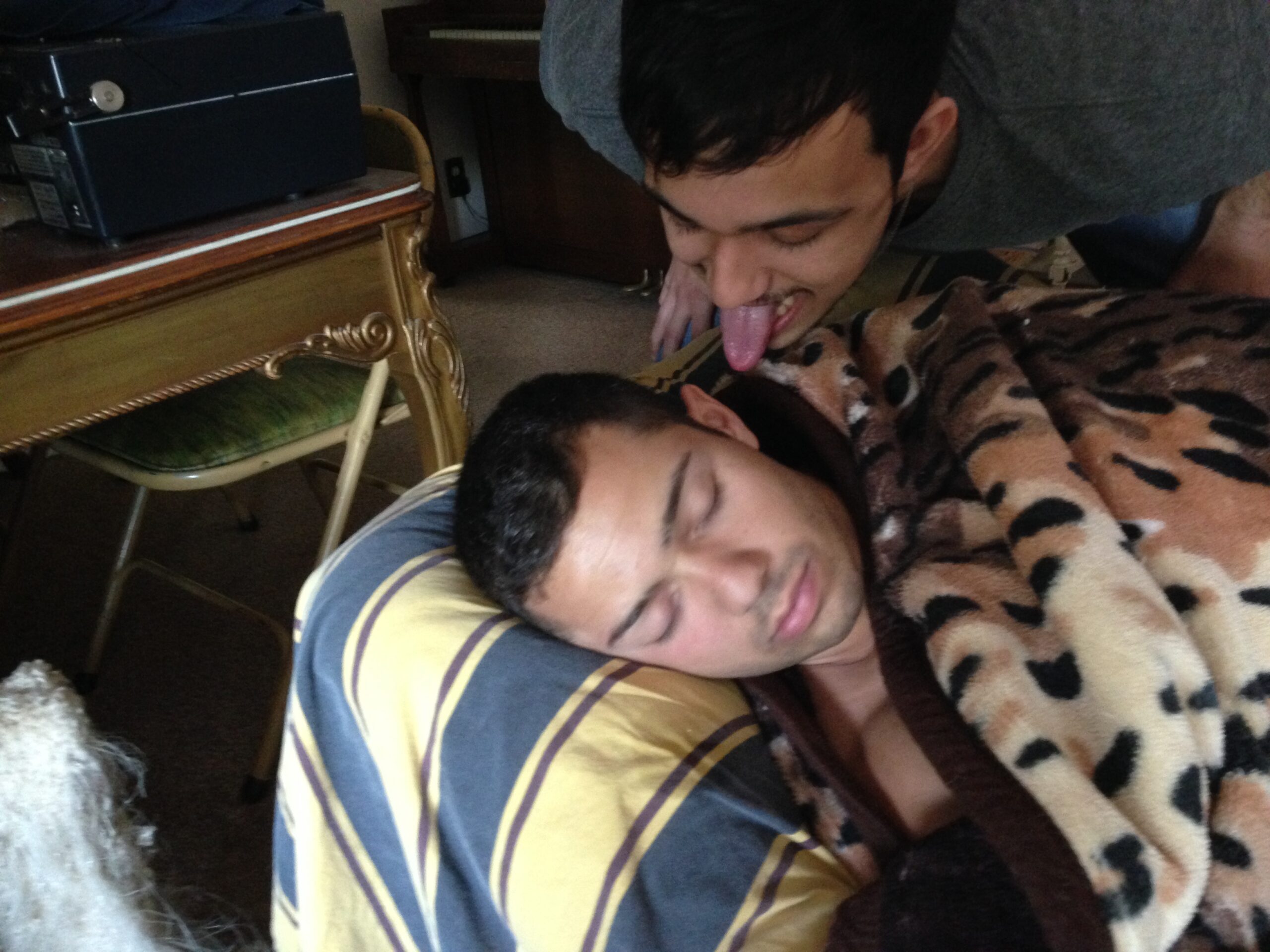Are Safe Spaces Helpful?
People demand freedom of speech as compensation for the freedom of thought which they seldom use. — Soren Kierkegaard
At the commencement address for University of Notre Dame’s 2017 graduating class, Vice President Pence had the following to say:
Far too many campuses across America have become characterized by speech codes, safe zones, tone policing, administration-sanctioned political correctness—all of which amounts to nothing less than suppression of the freedom of speech…
Indeed, commentators across the country have expressed disapproval and even outrage against practices being readily adopted in universities these days: namely, the establishment of safe spaces.
But what exactly is a “safe space?” And what does the empirical, documentable evidence have to say about them?
BOXING IN SAFE SPACES

Critics of safe spaces often claim that these practices both promote (1) further separation within the student body and (2) censorship of ideas that differ from “radical liberal” ideology. And although there are numerous opinion pieces arguing these stances, there are few (and none that I could find) articles that provide actual empirical support for their conclusions.
Indeed, much of the opposition to safe spaces is centered around the idea that we are coddling our students rather than teaching them to engage in meaningful and effortful dialogue on difficult topics. To cite evidence of this, critics will point to instances like Oberlin college students protesting the cafeteria’s General Tso chicken as not being “authentic enough” and therefore appropriating Asian culture.
But with everything in life (and therefore with safe spaces, too), there will always be extremists who support a stance unreflective of the majority. Be that Muslim terrorists who do not represent the ideology of the vast majority practicing Islam, or members of the KKK who do not represent the beliefs of Whites everywhere. However, by focusing only on the “extreme” implementations of these stances, we ignore the more important question behind them:
Why is there a desire for safe spaces in the first place?
SAFE SPACE DATA

And when you couple this with the fact that minorities (often Black and Latino) students are typically underrepresented on campuses (e.g., citizens of Columbus, OH are 28% Black, but only 7% of Ohio State students are), it can create serious concerns about social belongingness.
Belongingness is a fundamental motivation of humans to feel that they are socially connected to those around them. In fact, failing to feel connected can result in grave consequences for both one’s mental and physical wellbeing.
Safe spaces, then, act to provide a sense of belongingness to marginalized students, whether that marginalization stems from their race, gender, sexual orientation, or other identity. Safe spaces serve as places on campus where these students “do not feel isolated or tokenized, and where they can feel a sense of control” (Harpalani, 2017; p.17).
Just consider these statistics from research conducted at Michigan Law School: 52% of Black law school students draw “strong support” from the school organizations they participate in, while only 15% of Whites do. In other words, places that provide safe spaces (e.g., clubs organized around one’s ethnic marginalization) provide students with the belongingness needs their success in higher learning so greatly depends on.
For example, researchers from Stanford University administered a “belongingness intervention” to both Black and White students during the second semester of their freshman year and then looked at their GPA when they graduated.

Moreover, the researchers didn’t just look at GPA but also student health. And simply put: 60% of Black students who hadn’t received the belongingness intervention had needed to go to the doctor within three months of the study’s conclusion, whereas only 28% of those who had received this intervention needed similar health treatment.
FINAL THOUGHTS
So, from the research so far, it does seem that safe spaces are valuable for the students they were designed to aid. Like anything, though, safe spaces can be taken to an extreme, but in the current way they’re implemented (not the hyperbolized–and simply incorrect–portrayal their critics often claim), safe spaces provide support and belonging to those who need them most.
And yes, we can’t fully protect people from the often cruel world we live in. However, college is a time for intellectual and personal growth, feats very difficult if you don’t feel you belong in your current environment.
And for the rest of us, safe spaces can serve to remind us that we all don’t experience life the same way, our words and actions having direct consequences on others even if we personally don’t see those consequences ourselves.
Thouhgtfully,
jdt
Everyday Psychology: Many of the critics of safe spaces are White heterosexuals who often don’t experience the issues or feelings associated with a lack of belongingness. If you (like myself) are from that majority group, try the following thought experiment: If you were studying abroad in a foreign country where you are one of the few representatives of your home nation, wouldn’t you want a space where you could hang out with similar looking and similar minded others? Wouldn’t this help you feel more connected—not only to those in your organization but the school more broadly?
Deo, M. E. (2013). Two Sides of a Coin: Safe Space & Segregation in Race/Ethnic-Specific Law Student Organizations. Wash. UJL & Pol’y, 42, 83.
**Harpalani, V. (2017). ‘Safe Spaces’ and the Educational Benefits of Diversity. Duke Journal of Constitutional Law & Public Policy. [note: this article does a good job of providing citations and a more in-depth analysis of today’s topic]
Walton, G. M., & Cohen, G. L. (2007). A question of belonging: race, social fit, and achievement. Journal of personality and social psychology, 92(1), 82.
Walton, G. M., & Cohen, G. L. (2011). A brief social-belonging intervention improves academic and health outcomes of minority students. Science, 331(6023), 1447-1451.








I think the disputes arise when this distinction isn’t made clear: people deserve safe spaces, ideas don’t. Critics of safe spaces feel that ideas are kept coddled without stepping into dialogues (“political correctness”) while supporters feel that it’s people that are rightfully kept safe. Both of them can conflate what is seen as people as what is seen as ideology.
I know one area, from my experience and from others like me, where ideas and people are often conflated: it’s islam and muslims. I’m not a white heterosexual, but I am an exmuslim. You likely don’t hear much about us, probably because we’re not usually at liberty to be open. We are ostracized by those with xenophobic/racist outlooks as well by the muslim communities we were originally part of. When we are critical of Islam and theology (assuming we’re in a secular society where blasphemy laws don’t exist), our criticism is taken by xenophobes to justify discrimination against muslims and taken by everyone else as hatred against minorities. Such a scenario has happened in the context of safe spaces: http://www.independent.co.uk/student/news/muslim-students-from-goldsmiths-university-s-islamic-society-heckle-and-aggressively-interrupt-a6760306.html
Namazie, an exmuslim, made it clear in her talk that not all muslims can be condemned for the actions of few, yet her critique of Islamic theology and Islamism immediately threw the label of “islamophobe” on her.
Perhaps it arises from the very word ‘Islamophobia’. Unlike racism, misogyny, homophobia, transphobia…etc, this word with its root and connotation makes little difference between hatred of a group of people and hatred of an idea/religion. And why must scripture, religion and ideology be held of same importance, of same need for safety as race, gender and sexual orientation?
People being unable to see the difference and particular (not all) safe spaces blurring that difference, affects exmuslims like me the hardest. In my home country, I would be tried for treason, blasphemy, atheism (it’s considered a crime) and maybe even sorcery for being “out” as an apostate. Can’t be certain what would come next but life imprisonment, a 100 lashes and/or a beheading are not far-fetched. Everyone currently in my house – my family – would say I deserved it. I’ve already lost two friends after confessing, and am due to lose many more once I become open.
As you see, people like me have stories to tell and ideas to share and discuss. They don’t involve infringing the safety of others, but the need for a certain group to accept us more, to have dialogue over issues that affect all of us, even with stances at variance with each other. But too often, our safe spaces, our “social belongingness” are lost when what defines a safe space is confused, and hence left to clash with one another.
It’s not an argument against all safe spaces, but it sheds some light on why people can be frustrated with them.
Sobia! First off, thank you so much for the incredibly thoughtful response. I really appreciate you taking the time to provide that insight and perspective on this topic. Unlike the way “safe spaces” are often portrayed (and at other times implemented), open dialogue like this is at the heart of growth and progress.
After digesting your comment, I don’t believe there’s anything I disagree with. In fact, I only wish I had your articulateness in disentangling the safe spaces for people versus ideas. Indeed, that’s why I tried to provide a specific definition for safe spaces in the beginning, for the very reason that there are so many different ways to interpret the term. However, I think my claims above would have been exponentially strengthened had I made the distinction you outlaid in your comment. Indeed, my point was about safe spaces for people and not ideas.
As a researcher, disagreements about ideas are the only way that science can progress. And analogously, this is true for society. When we try to shield people from thoughts that are simply different from what they believe, we do a disservice to the individual. We deny them the chance to see other perspectives and ensure that the one they hold is true for logical reasoning, not simply a “truism” of their group. The difficulty arises in trying to define the voices we don’t need to hear (e.g., hate speech) from the voices we don’t want to hear (e.g., political differences). For example, a college campus doesn’t want a white nationalist proclaiming his beliefs on campus, because by permitting it, it can be construed as endorsing it. This division is a murky gray area, but one we NEED to have more open dialogue about.
Furthermore, your personal account as an ex-Muslim was truly enlightening–and heartbreaking to hear. I’m sorry for the strife this has forced upon your life. Your story, though, illustrates your point well, and I appreciate you taking the time to provide this often, unheard perspective. Indeed, one can critique Islam (as I personally would with it and almost all mainstream religions) without condemning Muslim people directly. The difficulty, unfortunately, is having a “grown-up” discussion, for–as you point out–people will often ascribe the most extreme stances to someone who may disagree on simply a minor point. So thank you for actually taking the time to enlighten me with this other viewpoint.